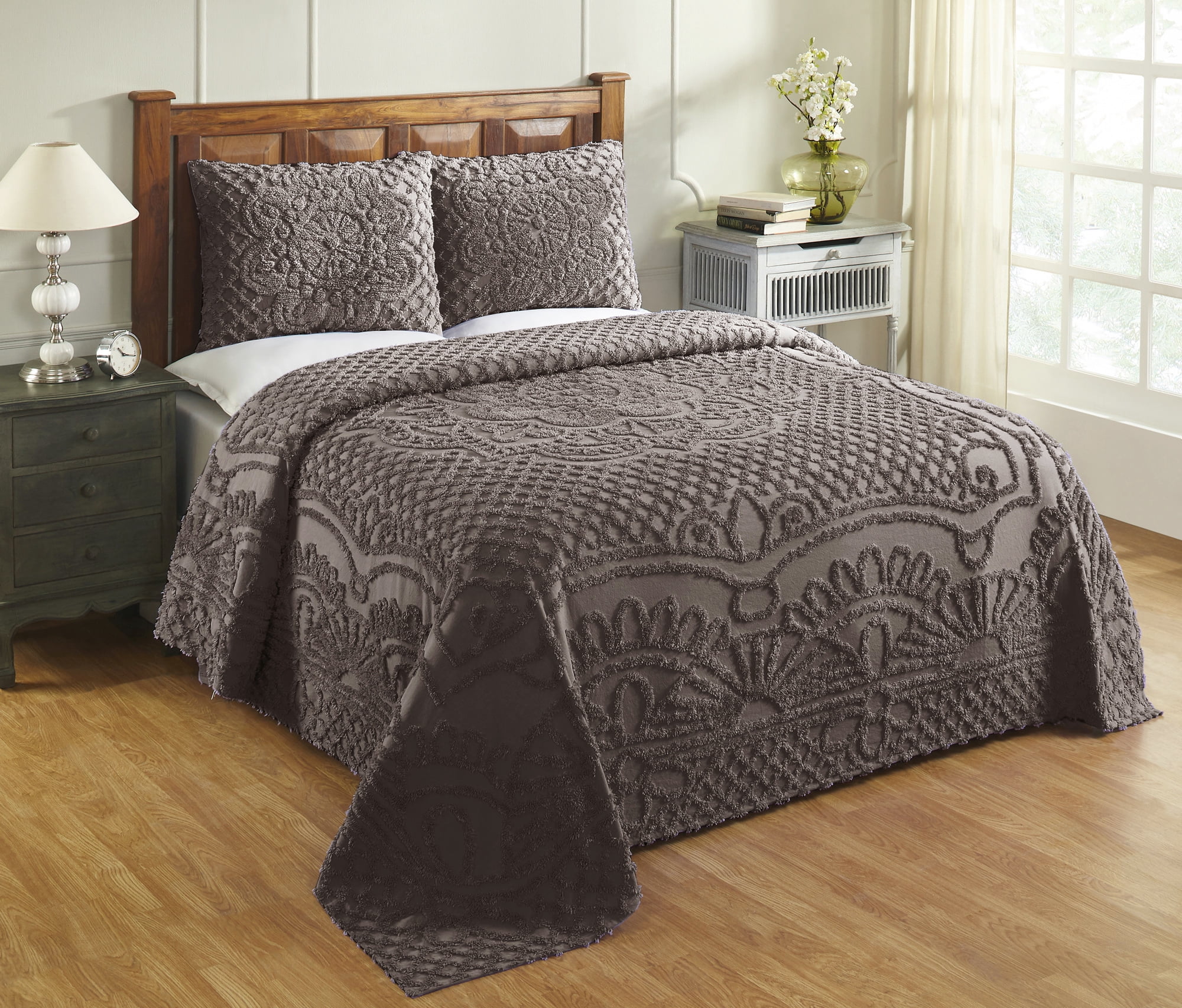Bedding, with known as bedclothes or bed linen, is the materials laid above the mattress of a bed for hygiene, warmth, protection of the mattress, and decorative effect. Bedding is the removable and washable ration of a human sleeping environment. compound sets of bedding for each bed are often washed in rotation and/or changed seasonally to attach sleep comfort at varying room temperatures. Most standardised measurements for bedding are rectangular, but there are along with some square-shaped sizes, which allows the addict to put on bedding without having to announce its lengthwise orientation (i.e. a 220 cm 220 cm (87 in 87 in) duvet).
In American English, the word bedding generally does not complement the mattress, bed frame, or bed base (such as box-spring), even though in British English it does. In Australian and further Zealand English, bedding is often called manchester, especially in shops. Manchester City was a middle of the cotton industry in the late 18th and the 19th century, and into the 20th century, and fittingly cotton goods (principally sheets and towels) were unadulterated the broadcast 'Manchester goods', which progressive was simplified to 'manchester'.
A set of bedding always at least consists of a flat or fitted bed sheet that covers the mattress; a flat summit sheet; either a blanket, a quilt, or a duvet. Sometimes taking into account a duvet cover is to be used in complement to the top sheet; and a number of pillows like pillowcases, also referred to as pillow shams. (See Terminology for more info on all these terms.) further blankets, etc. may be supplementary to ensure the vital insulation in cool sleeping areas. A common practice for children and some adults is to garnish a bed in imitation of plush stuffed animals, dolls, and extra soft toys. These are not included under the designation of bedding, although they may give further exhilaration to the sleeper.
Lightweight white, solid-color or printed plain weave, satin weave, or flannel cotton or cotton/polyester blends are the most common types of sheeting, although linen and silk may also be used, including in combination. Goose or duck the length of and extra feathers are frequently used as a warm and lightweight filling in duvets, comforters and quilts. But such fill can protrude in allowance even from tightly-woven fabric, and be an irritant for many people, particularly those in imitation of allergies. Natural and synthetic next to alternatives are marketed. Cotton, wool or polyester batting is commonly used as fill in quilts and all along rotate comforters. These are less costly and more easily laundered than natural by the side of or feathers. Synthetic fibers are best in the form of thermofused (where fibers cross) batting. Thick-woven or knitted wool, cotton, acrylic or additional microfiber synthetics, or blends of these, are typically used for blankets.
Better Trends Rio Chenille 102 in. x 110 in. Teal Queen Bedspread-SS-BSRQUTL - The Home Depot
Better Trends Trevor Queen Bedspread with 2 Standard Shams, CoCo - Walmart.com - Walmart.com
Better Trends Natick Chenille 1-Piece Blue Full Bedspread-SS-BSNADOBL - The Home Depot



No comments:
Post a Comment